Difference Between LIS and LIMS: Testing facilities generate mountains of complex data every day regardless of the business. Those who have worked with so much data knows the importance of data management systems to ease their daily work pressure. Fortunately, there are several excellent lab informatics tools available to assist you.
Although the words LIS and LIMS are used similarly, they have a difference between them with respect to the function they are associated with the laboratories. It becomes complicated since they both use and manage lab data. This post will give you information to aid you in resolving your LIS – LIMS confusion.
What is LIS?
A LIS receives test orders, sends orders to laboratory analyzers, tracks orders and results, and transmits results from a public database for clinical and pathological laboratories. The LIS can incorporate workflow-guiding decisions – making rules, communication tools, data mining features, and POC (point-of-care) testing assistance. The pathology laboratory may now actively engage in identifying the patient’s health state and formulating medicines- thanks to LIS.
Few functionalities of LIS-
- Collecting patient demographic data
- Tracking the samples of patients
- Integration of clinical analysis
- Keeping and analyzing past clinical diagnoses and treatment records
What is LIMS?
The LIMS was initially intended for research, environmental, or economic analysis, such as medical, food and beverage, environmental, petrochemical, metals, and production. The LIMS keeps track of many specimens through the testing phase and a series of analytical operations. A LIMS assists users in managing test findings, testing computations, and quality management connected with the sample, equipment used, and inventories.
Few functionalities of LIMS-
- Batch tracking along with individual sample tracking
- Workflow management to ensure efficient and stringent adherence to lab practices
- Instrument calibration management
- Staff competency management
- Quality checking and controlling
- Integration with other business system solutions such as ERP
Differences and Overlapping of LIS & LIMS
Previously, the distinction was more straightforward. However, the distinction between the two is getting increasingly blurred over time. The main difference is that a LIS was created to handle individual patient information. Still, a LIMS was built for batch testing, which is commonly used when personal patient details are irrelevant.
LISs are adopting functionality that they may not have had previously due to advancing technology and ever-changing demands. Both LISs and LIMSs now enable data tracking, instrument interfaces, and workflow effectiveness. LIMS enables paperless operations, trying to make the paperless laboratory a reality. A LIS and a LIMS may both assist laboratory management in establishing calibrated date alerts and maintenance plans for analyzers or equipment to promote testing accuracy.
The LIS and LIMS blend to the point that differences are challenging to make, but their fundamental development goal remains the same.
Which one will be better for your lab?
It all boils down to intent, as with any new technology adoption. Consider the following simple problems:
- What kind of data do you handle?
- Who needs to see it and comprehend it?
- How will the data help the audience (patients)?
Certain LIMSs can manage patient data and clinical processes, whilst some LISs can handle batch testing and specimen management. A LIS should be used to gather patient information in healthcare, anatomic pathological, veterinary, or diagnostic testing. If you work at a facility that handles big group-centric data sets, a LIMS is an obvious pick.
Conclusion
In reality, these are broad definitions, and some individuals use the words LIMS and LIS interchangeably. If you are looking for an information management system for your pathology lab software, then this information may be helpful.
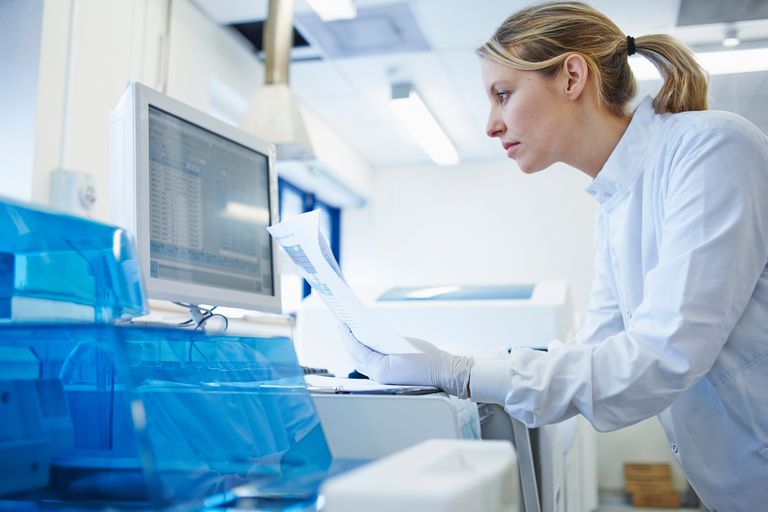
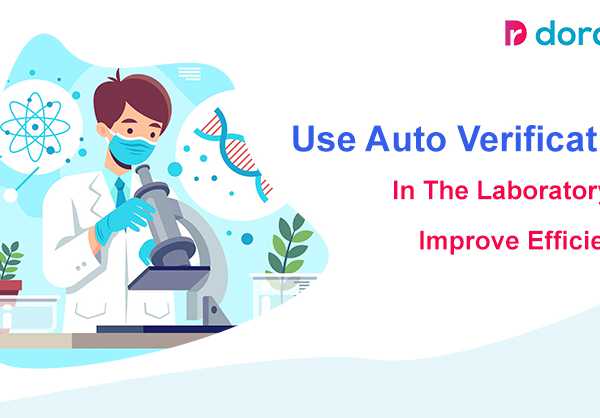
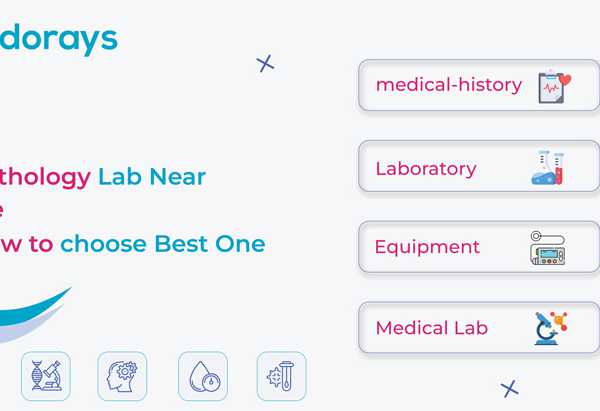
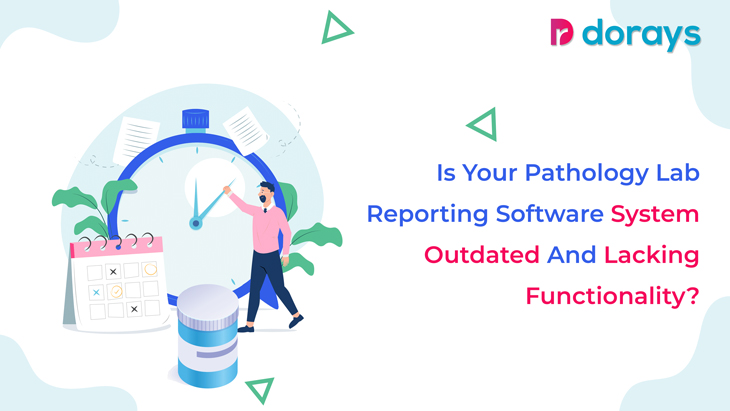
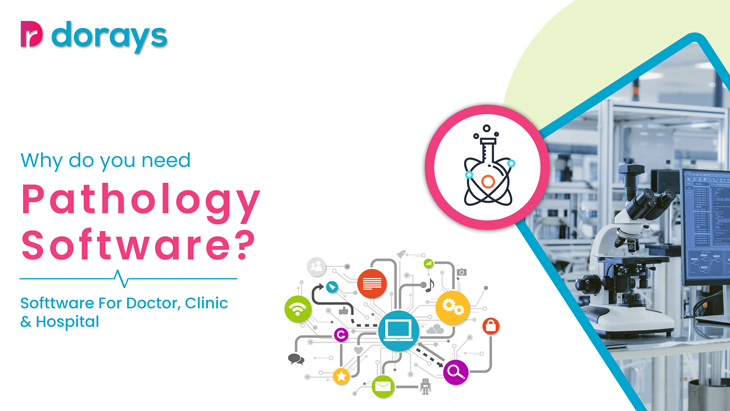
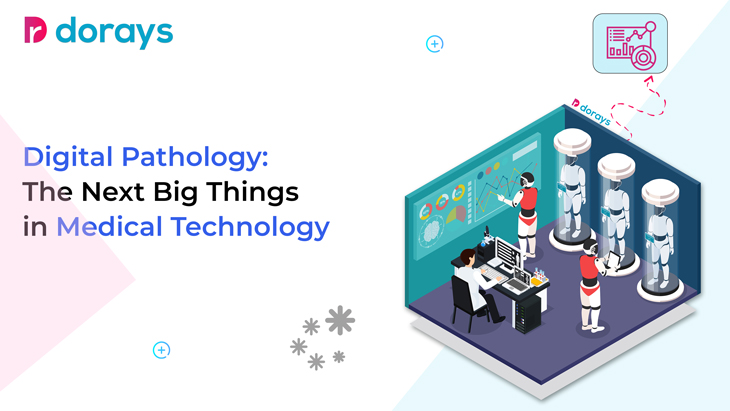

Leave a Comment